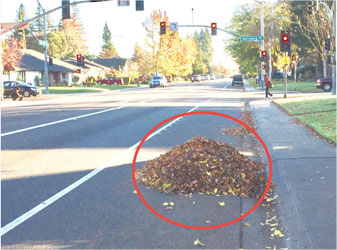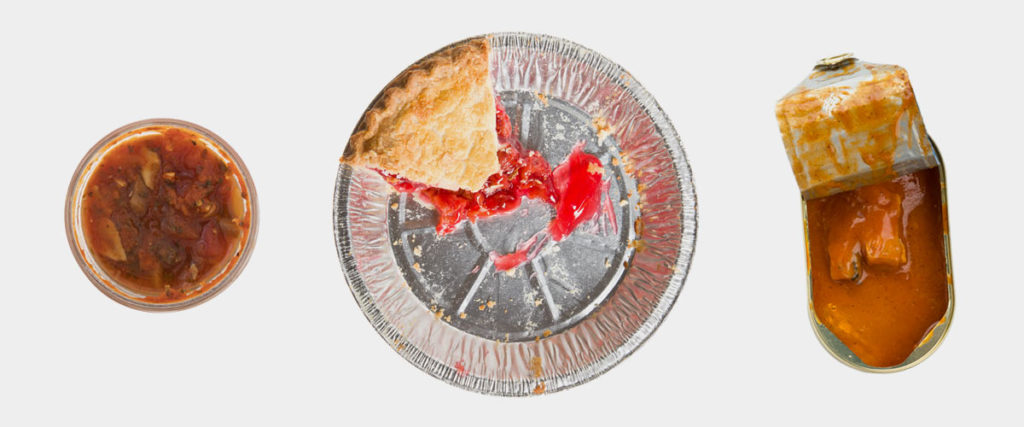
9-15-2019
September 23-29 is Climate Week NYC, a series of events run in coordination with the UN and the City of New York that showcase actions people are taking around the world to reduce our impact on the climate and foster discussion on how we can do more.
Want to Take Action?
If you want to join the effort to take action on climate, food waste is a great place to start. In the U.S., 40% of food goes to waste, which accounts for 16% of our total methane emissions. Methane is a harmful greenhouse gas that has more than 25 times the environmental impact that carbon dioxide has.
We can lower our methane emissions and reduce our climate impact by cutting back on food waste.
How to Reduce Your Food Waste
Try out these 6 tips to put a dent in how much food you waste:
1. Shop smart. Only buy what you know you’ll use. Create a meal plan for the week and build a shopping list around that meal plan. Try using this meal planner from Eureka Recycling, or the EPA’s smart shopping list (PDF).
2. Store food strategically. Fasten a produce storage guide to your fridge door, such as this one from the EPA (PDF), so you know which foods to keep best inside or outside the fridge.
Also, learn about where food should be stored within your fridge. Your shelves, drawers and doors are designed to hold different types of foods. Check out the NRDC’s Refrigerator Demystified infographic (PDF).
3. Eat food strategically. All produce has a varying shelf life. Try labeling your food to remind yourself which items need to be eaten first (these PDF signs from the EPA are handy), and freeze food that’s about to go bad so you can use it in the future.
Still having trouble eating food in time? Try the USDA’s FoodKeeper application for Apple and Android devices. The app provides expert-backed advice for storing and eating more than 400 foods and drinks, and can give you reminders to use items before they go bad.
4. Prepare food in advance. When you get home from the store, rinse and chop your produce so that snacking and meal prep is easier during the week. That way you’ll be more likely to follow through on making the meals you shopped for.
5. In California, best-by dates indicate freshness, not safety. Use-by dates indicate food safety. That means you can still eat food after its best-by date, but not after its use-by date. To learn more about how long you can keep food, visit StillTasty.com or this Real Simple guide.
6. Have a fridge full of random items? Use an online tool to help you find recipes for them, such as Supercook or MyFridgeFood.








